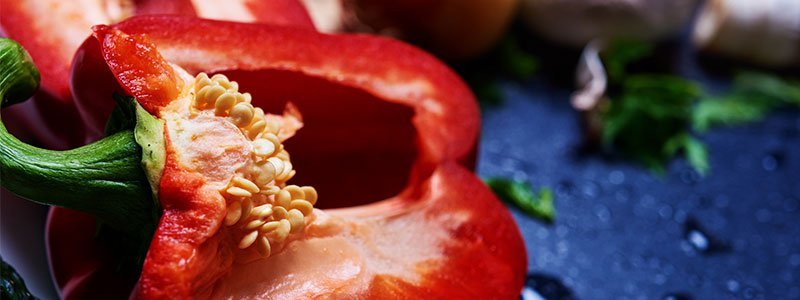Clay
Other Names
Arcilla, Beidellitic Montmorillonite, Calcium Montmorillonite, Dioctahedral Smectite.
Clay is a type of soil. Some types of clay are used to make medicine.
People take clay for diarrhea, stomach disorders, irritable bowel syndrome, poisonings, and nausea.
How does it work?
Clay might bind to certain metals and prevent them from being absorbed by the stomach and intestines. This might help treat or prevent poisoning due to toxic metals such as mercury.
Insufficient Evidence to Rate Effectiveness for...
- Irritable bowel syndrome (IBS). Some early research suggests that taking a type of clay by mouth for 8 weeks improves pain, discomfort, and bloating in people with IBS who have diarrhea. Other research suggests that taking another form of clay improves pain and discomfort in people with IBS in which the major symptom is constipation but not diarrhea. However, some research suggests that clay is less effective than a product containing karaya gum (Polykaraya, Synthelabo, France) at improving pain and intestine function in people with IBS.
- Diarrhea.
- Poisoning.
- Nausea.
- Other conditions.
Natural Medicines Comprehensive Database rates effectiveness based on scientific evidence according to the following scale: Effective, Likely Effective, Possibly Effective, Possibly Ineffective, Likely Ineffective, and Insufficient Evidence to Rate (detailed description of each of the ratings).
A type of clay known as calcium montmorillonite (NovaSil) is POSSIBLY SAFE when taken by mouth for a short period of time. This type of clay seems to be safe in doses up to 3 grams daily for 3 months.
Clay is POSSIBLY UNSAFE when taken by mouth for a long period of time. Eating clay long-term can cause low levels of potassium and iron. It might also cause lead poisoning, muscle weakness, intestinal blockage, skin sores, or breathing problems.

QUESTION
Next to red peppers, you can get the most vitamin C from ________________.
See Answer
Not enough is known about the use of clay during breast-feeding. Stay on the safe side and avoid use.
Anemia: Clay might interfere with iron absorption and worsen this condition.
Low potassium levels (hypokalemia): Clay might lower potassium levels and make this condition worse.
Cimetidine (Tagamet)Interaction Rating: Moderate Be cautious with this combination.Talk with your health provider.
Clay might lower the absorption of cimetidine (Tagamet). This might decrease the effects of cimetidine.
QuinineInteraction Rating: Moderate Be cautious with this combination.Talk with your health provider.
Taking clay along with quinine might reduce the amount of quinine the body absorbs. This might decrease the effects of quinine.
The appropriate dose of clay depends on several factors such as the user's age, health, and several other conditions. At this time, there is not enough scientific information to determine an appropriate range of doses for clay. Keep in mind that natural products are not always necessarily safe and dosages can be important. Be sure to follow relevant directions on product labels and consult your pharmacist or physician or other healthcare professional before using.

